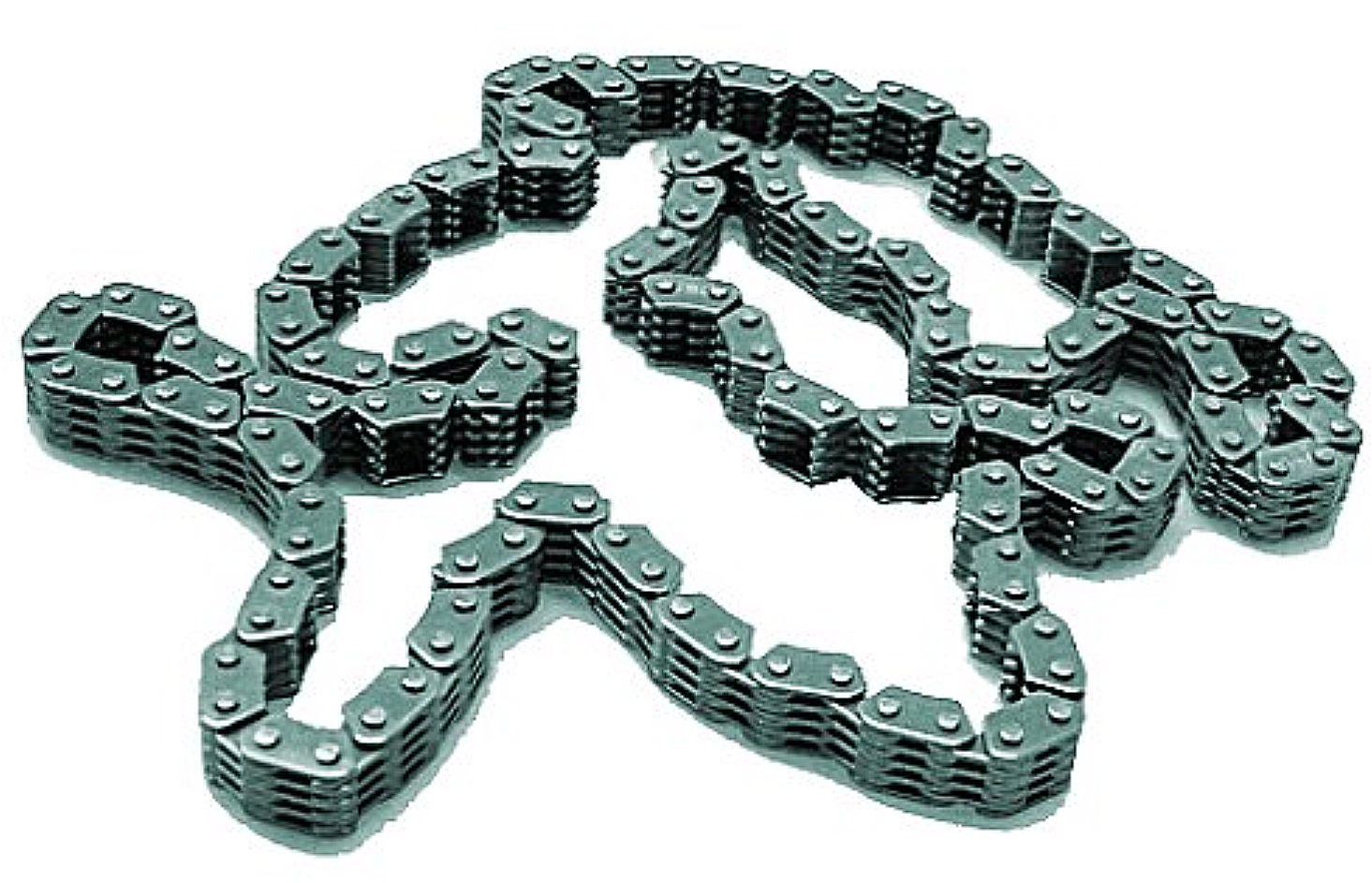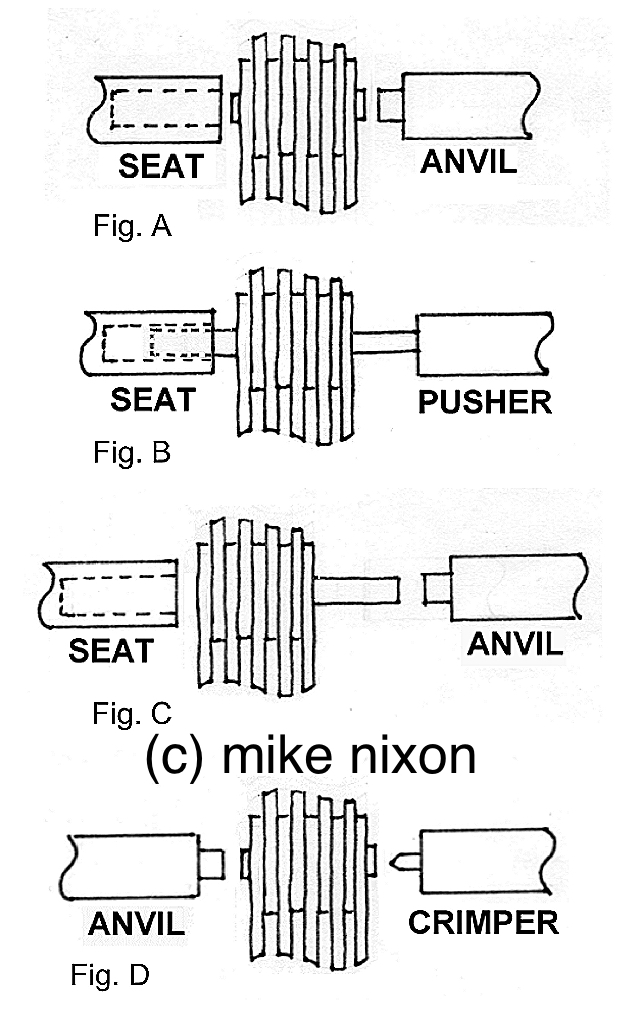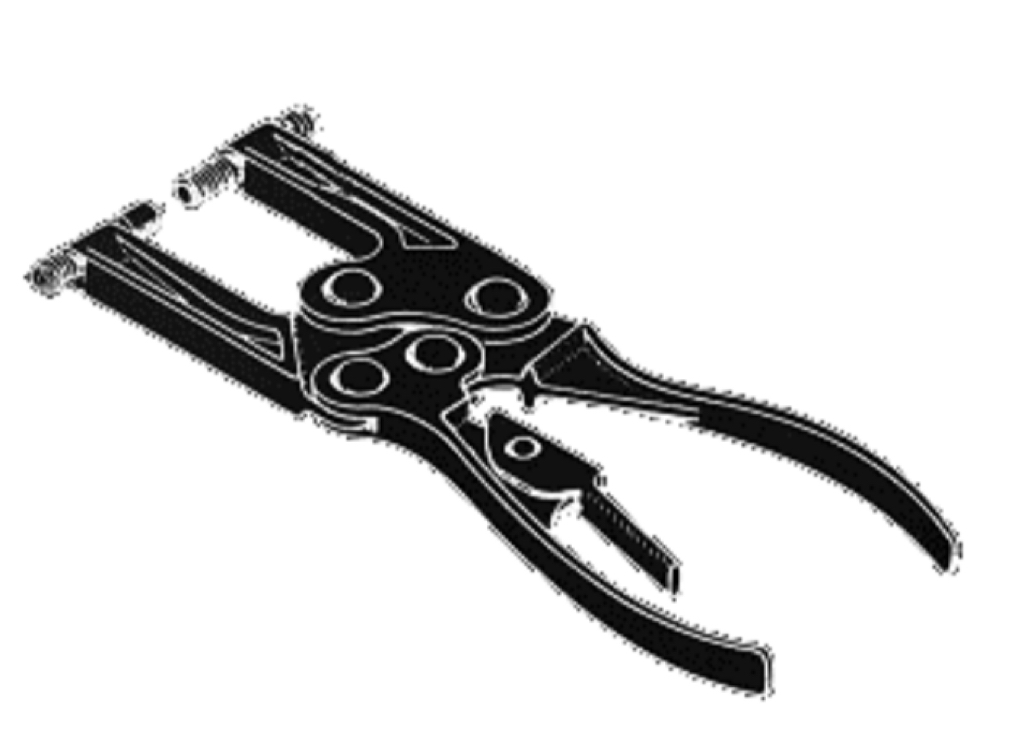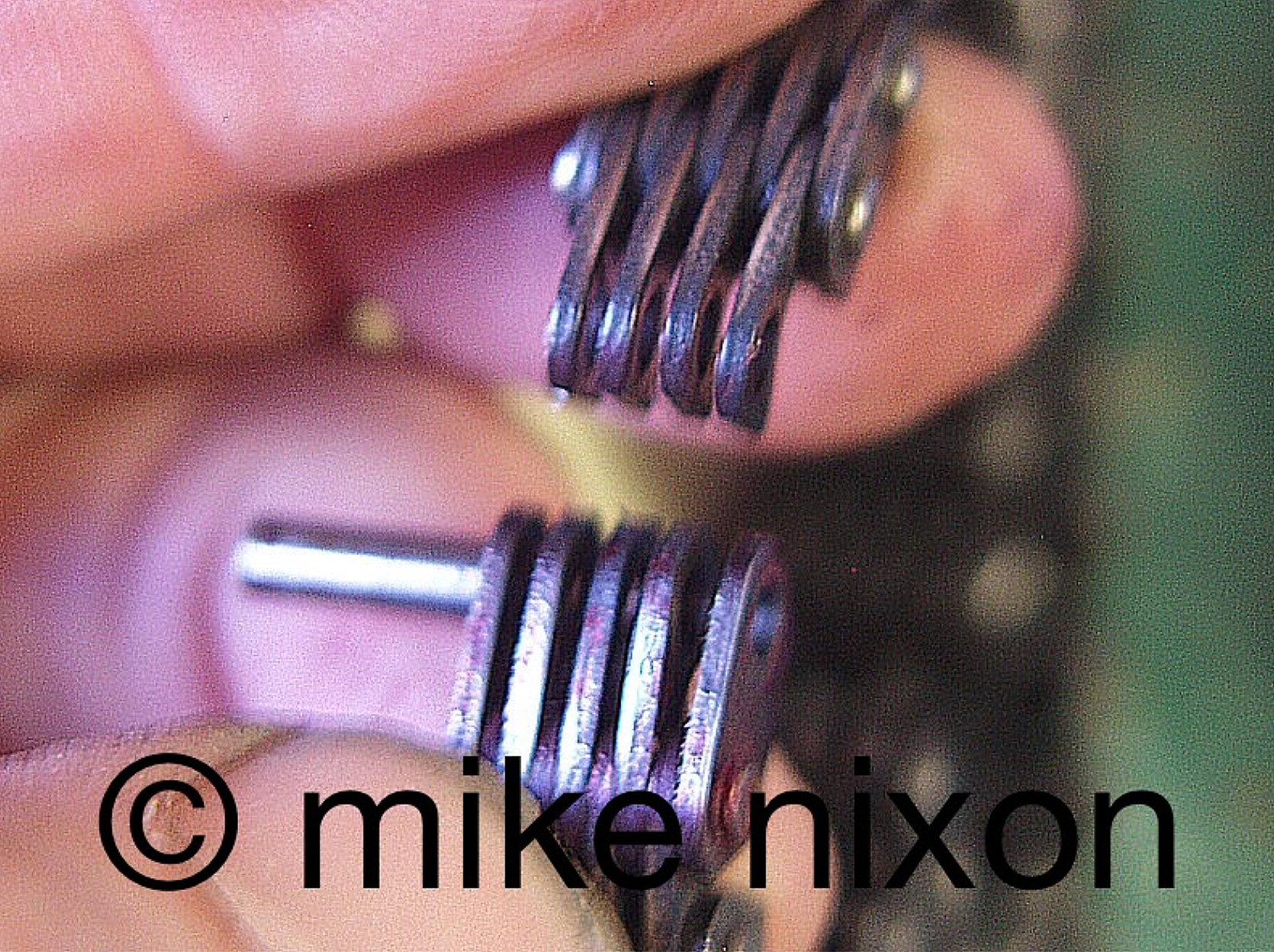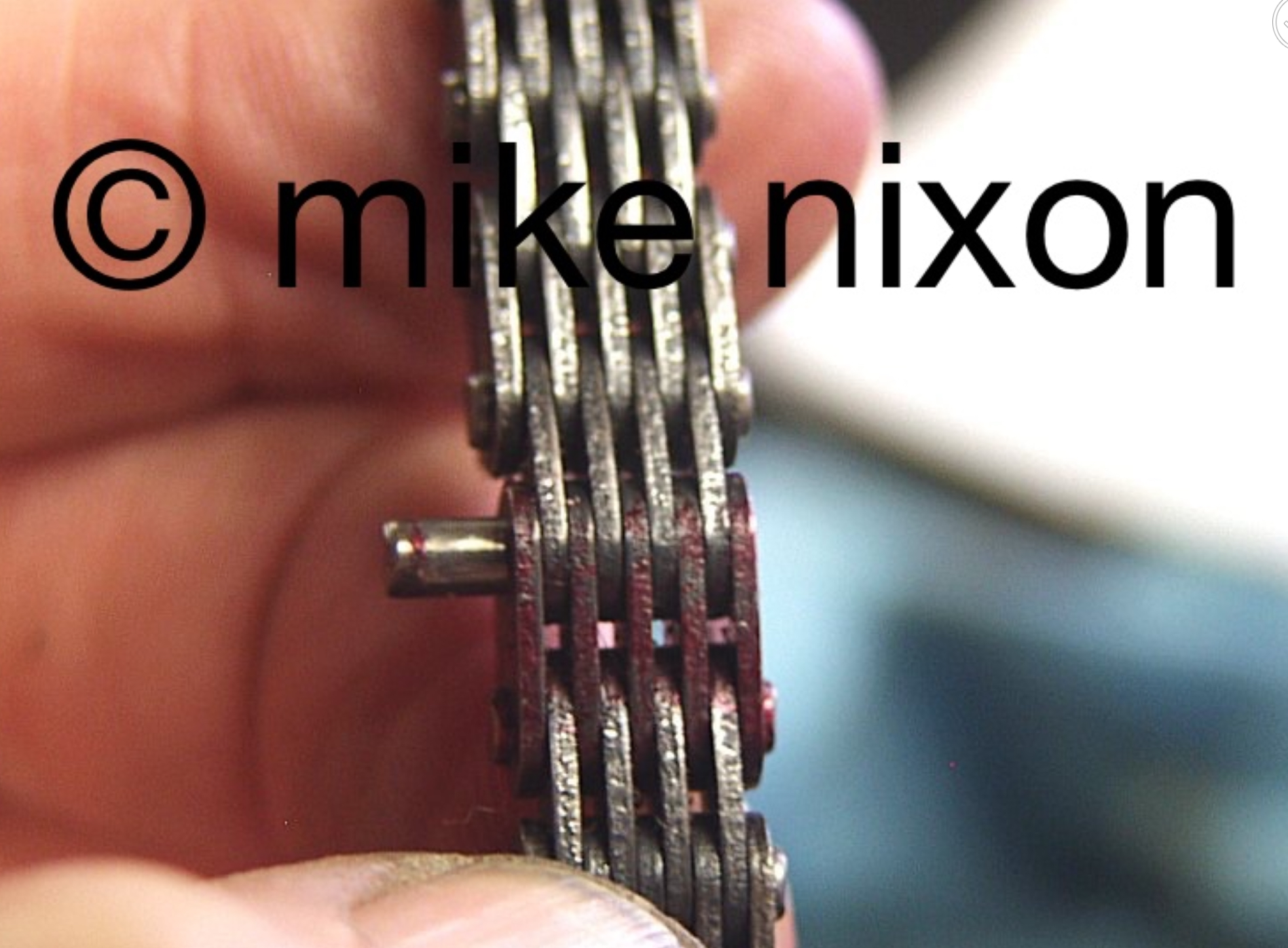|
It is possible to replace the "A" cam chain in the CBX without disassembling the engine. It is even fairly easy given skill and tooling. But not the way advocated online. This should not surprise you.
The cam chain
There are three different "A" cam chains available for the CBX. No matter where they come from, there are these three types. First, the original chain has 3mm pins. This chain is nearly impossible to find now, but is is definitely preferred because it is the strongest and the CBX engine really stresses its cam chain. Second, there is a chain that has 2.7mm pins. This is the one marketed by Brent Hyde in New Zealand. Third, there is a chain with 2.5mm pins. This is the chain sold by wholesale parts supplier K&L in Northern California. They also offer a master link for this chain. The master link will work only on this 2.5mm chain.
The tool
The correct way to replace the cam chain without removing the crankshaft is to use one of the several tools made for cam chain disassembly and reassembly. Honda actually offered two different tools, in their tools catalog, for use with the 1970s 450 DOHC twin. Though Honda's Hy-Vo chain did not yet exist and the tool was therefore intended for the older roller type cam chain, it works very well on the Hy-Vo type also.
The method
Whichever tool is used, the basic technique is gradual pressing of one of the pins out of a link. Any link can be chosen, it doesn't matter. Then on reassembly of the chain, the pin is gradually pressed back into the link and its end crimped for security. Note that certain of the tool's tips are used for specific operations. For future reference, I like to dye the link red using Dykem.
|

 ®
®
